Strange, Smart, and Iconic Films to Revisit
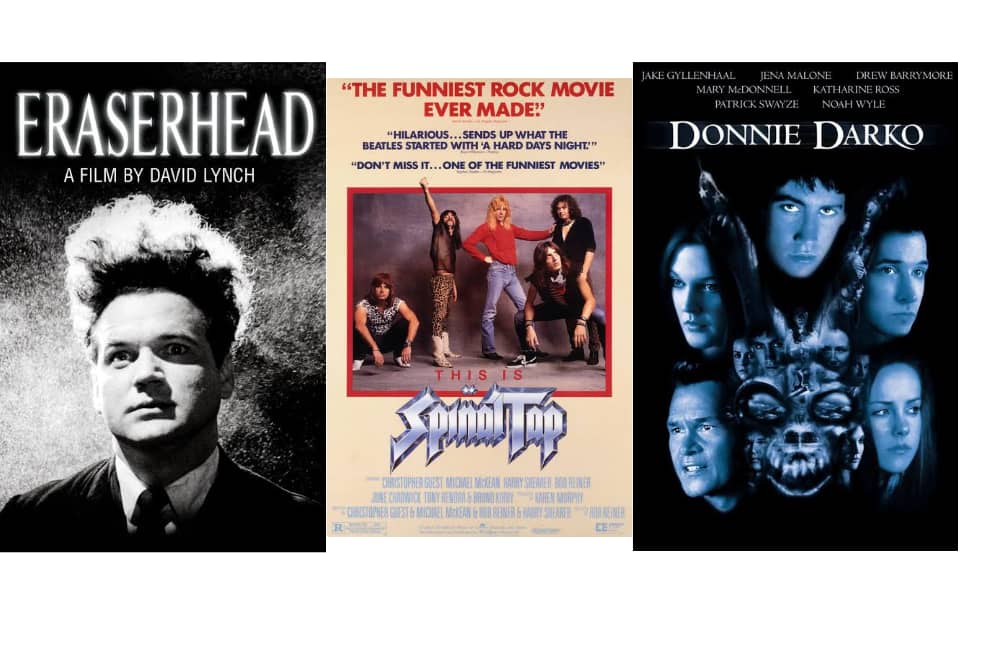
Some movies slip through the cracks when they’re first released, only to find a second life through midnight screenings, word of mouth, or devoted fans who recognize their brilliance. Cult films thrive on being bold, strange, or ahead of their time, and that’s exactly why they’re so unforgettable. Here are 41 must-see cult classics that continue to inspire, surprise, and entertain.
1. The Rocky Horror Picture Show (1975)
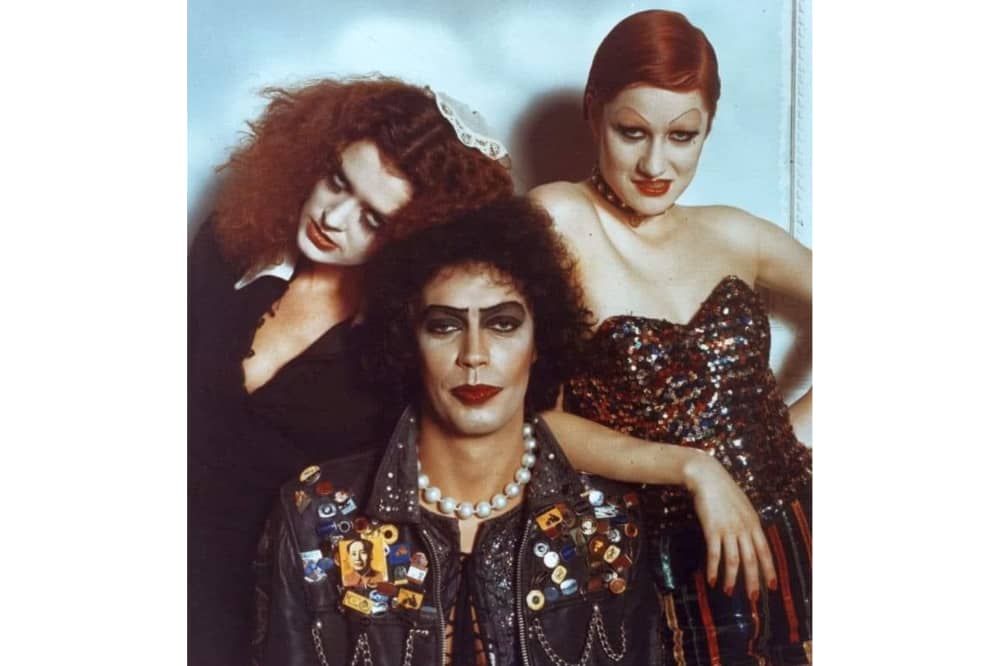
What started as a flop became the ultimate cult phenomenon. The Rocky Horror Picture Show broke every cinematic rule by blending camp, horror, rock music, and unapologetic weirdness into a glittery celebration of self-expression. Over time, audiences transformed screenings into full-blown experiences: fans dressed as their favorite characters, shouted lines back at the screen, and created interactive traditions that spread worldwide. The film’s wild energy, unforgettable songs like “Time Warp,” and Tim Curry’s iconic performance turned it into more than just a movie, it became a living, breathing cultural ritual. Few films embody the spirit of cult cinema as perfectly as Rocky Horror.
2. Harold and Maude (1971)
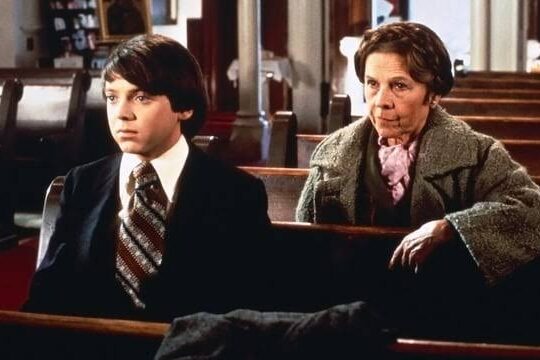
When Harold and Maude debuted, its story of a romance between a morbid young man and a free-spirited older woman shocked audiences and critics alike. But its offbeat humor and fearless embrace of unconventional love eventually won hearts. With Cat Stevens’ tender soundtrack and Hal Ashby’s sharp direction, the film revealed itself as a bittersweet meditation on life, death, and the courage to live authentically. It’s not just a quirky love story, it’s a reminder to embrace joy wherever it can be found. Once seen as odd or inappropriate, Harold and Maude is now celebrated as a heartfelt classic that continues to inspire generations of movie lovers.
3. This Is Spinal Tap (1984)
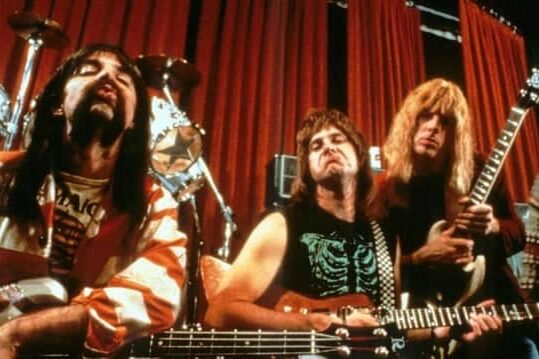
Rob Reiner’s mockumentary This Is Spinal Tap is so convincing that many first-time viewers thought they were watching a real rock band documentary. Its portrayal of Spinal Tap, a fictional heavy metal group prone to disasters both onstage and off, is comedy gold. The improvised dialogue, deadpan delivery, and clever skewering of music industry clichés gave it endless quotability, from amps that “go to 11” to disastrous stage props. What started as a modest comedy grew into a cornerstone of cult humor, embraced by fans and musicians alike. It remains a brilliant example of satire that feels timeless, endlessly funny, and remarkably sharp.
4. 2001: A Space Odyssey (1968)
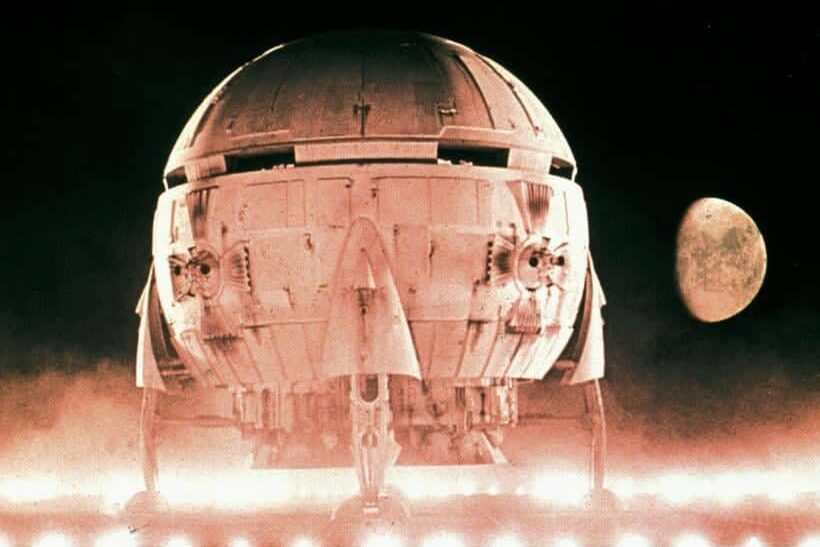
Stanley Kubrick’s 2001: A Space Odyssey baffled early audiences with its slow pacing, minimal dialogue, and abstract storytelling. But over time, its hypnotic visuals, groundbreaking effects, and philosophical scope revealed it as one of cinema’s most ambitious works. Whether it’s the haunting opening set to “Also sprach Zarathustra” or the mind-bending star gate sequence, the film demands patience and rewards with awe. Its mix of hard science fiction and dreamlike imagery paved the way for generations of filmmakers, proving cinema could be both intellectually challenging and visually transcendent. What once seemed confusing is now considered a towering classic of both sci-fi and cult cinema.
5. The Big Lebowski (1998)
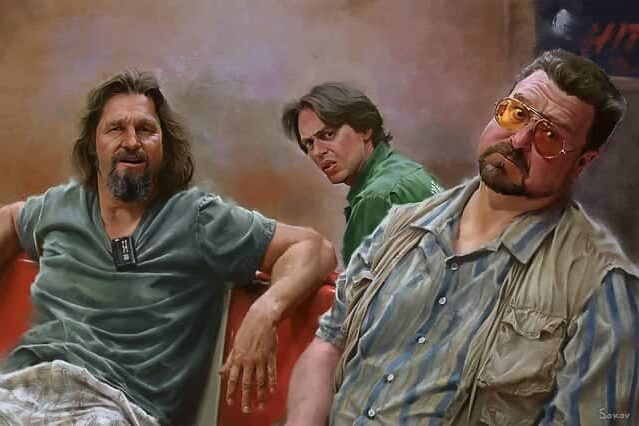
The Big Lebowski was a box office disappointment when first released, but it slowly found an audience that connected with its oddball charm. The story of Jeffrey “The Dude” Lebowski, a laid-back bowler caught in a chaotic mystery, blended absurdist humor, noir-inspired twists, and unforgettable characters. Over time, fans turned it into a cultural movement, complete with annual Lebowski Fests and an entire philosophy of “The Dude abides.” The Coen brothers’ quirky vision is endlessly quotable and rewatchable, with characters like Walter Sobchak and Donny earning their place in cult history. What started as a misunderstood comedy is now one of the most beloved cult films ever made.
6. Donnie Darko (2001)
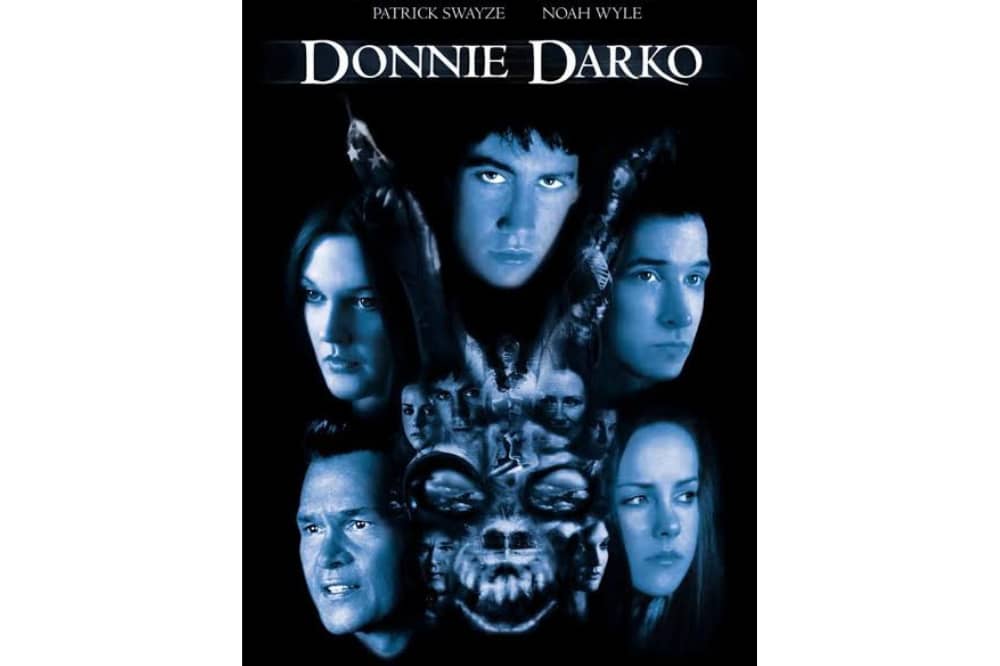
When Donnie Darko arrived in theaters, its mix of time travel, teenage angst, and surreal imagery proved too strange for mainstream success. But once it hit DVD, a devoted audience discovered its haunting mood and layered storytelling. Starring Jake Gyllenhaal as a troubled teen haunted by visions of a man in a creepy rabbit suit named Frank, the film weaves suburban life with apocalyptic visions in a way that feels both unsettling and profound. Its unforgettable soundtrack, featuring songs like “Mad World,” only deepened its impact. What started as a box office disappointment became one of the defining cult films of the 2000s, admired for its ambition and emotional power.
7. Brazil (1985)
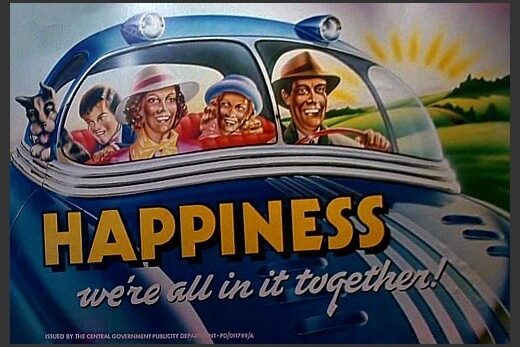
Terry Gilliam’s Brazil is a darkly comic vision of a future strangled by bureaucracy, technology, and absurdity. At first, studio interference nearly buried the film, with executives fearing audiences wouldn’t understand its surreal and satirical style. But Gilliam’s version survived, and what emerged was a breathtaking dystopian nightmare filled with dreamlike visuals and biting social commentary. Jonathan Pryce stars as an ordinary man caught in a world of nonsensical rules and nightmarish authority, with Robert De Niro appearing in a memorable supporting role. Brazil has since grown into a cult giant, admired for its visual brilliance and daring critique of modern life.
8. Bagdad Café (1987)
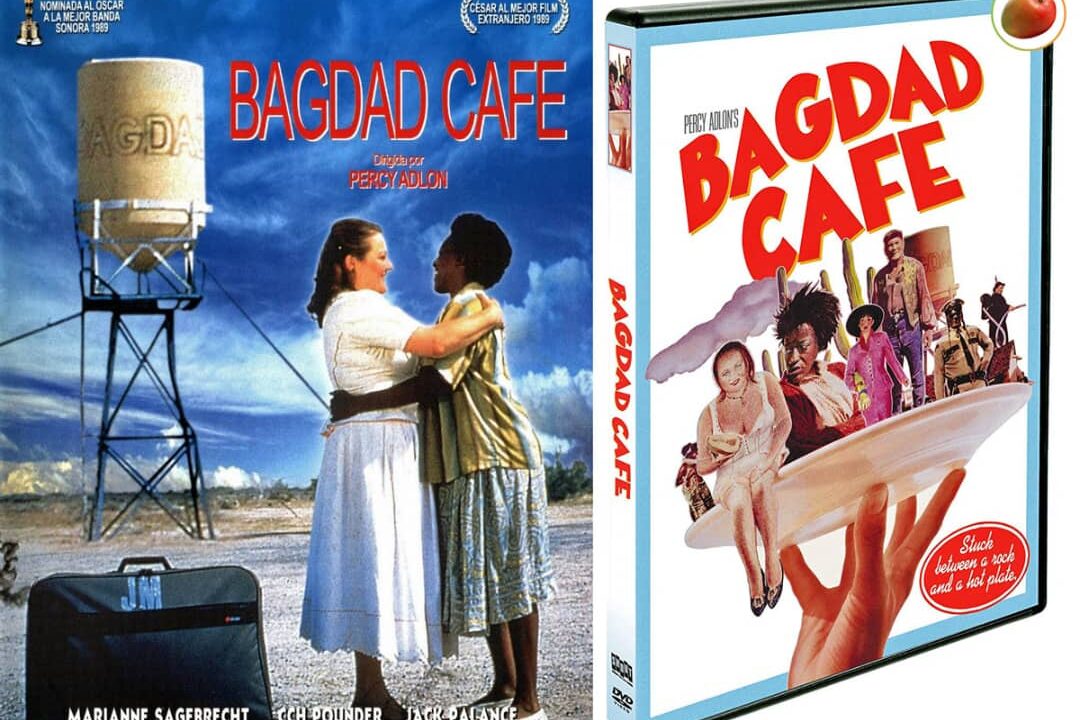
Bagdad Café, a German-made film set in the American desert, slowly won over audiences with its tender, offbeat story. Centered on a run-down truck stop where strangers form unexpected connections, it balances humor with gentle magic. The film celebrates friendship, reinvention, and the quirky beauty of human interaction in the unlikeliest places. While it wasn’t an immediate hit, its charm built steadily, and its haunting theme song “Calling You” became iconic. Bagdad Café remains a small but deeply loved cult treasure, reminding viewers that even in dusty isolation, stories of warmth and wonder can thrive.
9. The Adventures of Priscilla, Queen of the Desert (1994)
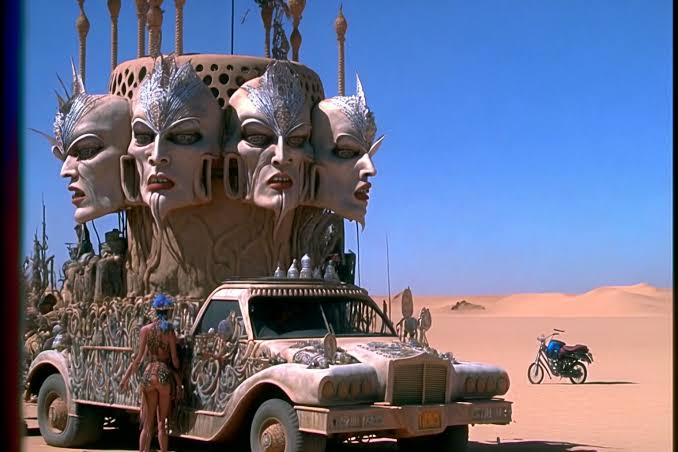
This vibrant Australian film follows two drag queens and a transgender woman traveling across the outback in a flamboyant bus named Priscilla. Filled with dazzling costumes, disco music, and heartfelt moments, the movie became a global celebration of identity and resilience. At first, it seemed like a niche curiosity, but audiences embraced its humor, energy, and message of acceptance. Priscilla not only entertained but also broke ground for LGBTQ+ visibility in cinema, leaving an enduring cultural legacy. Its mix of camp, courage, and joy has cemented it as a cult classic beloved worldwide.
10. Eraserhead (1977)
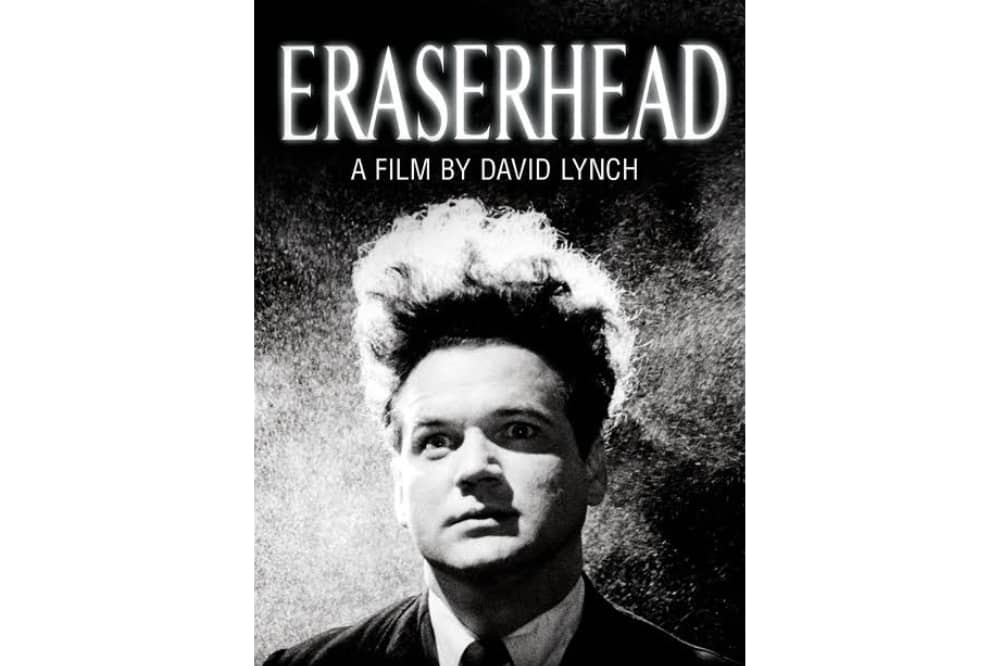
David Lynch’s debut, Eraserhead, is a landmark of cult filmmaking and one of the strangest movies ever made. Shot in stark black and white, it immerses viewers in an industrial nightmare of surreal sounds and unsettling imagery. Its bizarre story of Henry Spencer, a man struggling with fatherhood and existential dread, is both disturbing and oddly funny. When first released, it puzzled and horrified audiences, but midnight screenings gave it new life. Over time, its originality and Lynch’s fearless vision earned it recognition as a cornerstone of surreal cinema. Eraserhead remains a hypnotic experience that still unsettles and fascinates today.
11. Office Space (1999)
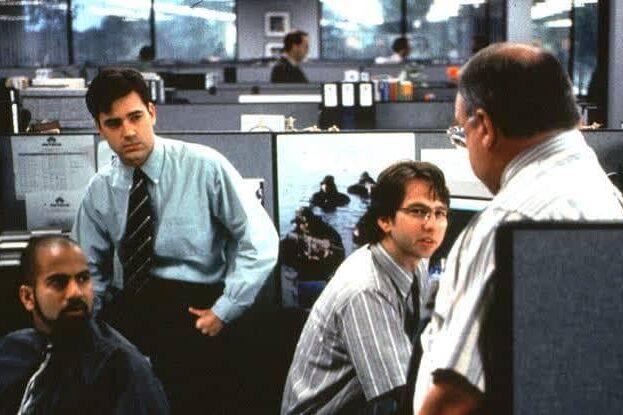
Mike Judge’s Office Space nearly vanished after its lukewarm theatrical release, but it quickly found salvation through DVD and endless cable replays. What emerged was the ultimate workplace comedy, skewering the soul-crushing monotony of cubicle life with sharp humor. Its cast of eccentric characters, from Milton and his red stapler to Lumbergh and his “yeahhh”, turned mundane frustrations into comedy gold. Lines like “Somebody’s got a case of the Mondays” became part of everyday lingo, and its anti-corporate spirit struck a chord with anyone who’s ever endured a dull 9-to-5. Office Space has since grown into a modern cult treasure, endlessly quotable and always relatable.
12. The Room (2003)
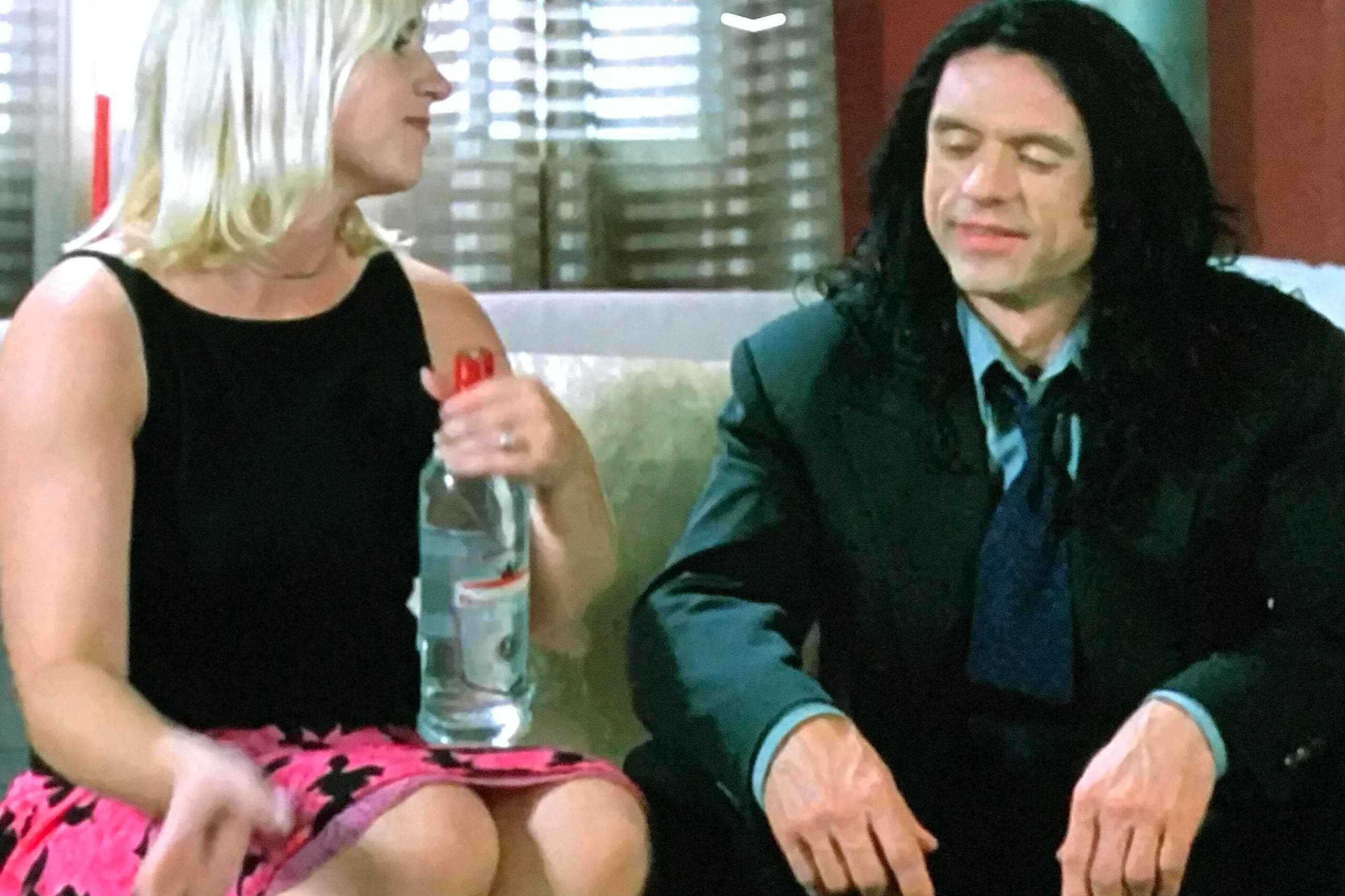
The Room is often called “the best worst movie ever made,” and its cult reputation rests on that paradox. Directed, produced, and starring Tommy Wiseau, the film is filled with awkward dialogue, bizarre storytelling, and confusing character choices. Yet it’s precisely these qualities that audiences embraced, transforming screenings into interactive events where spoons are thrown at the screen and footballs are tossed around theaters. What began as unintentional comedy has become a midnight-movie sensation worldwide, with Wiseau himself turning into a cult figure. The Room’s so-bad-it’s-good charm proves that even cinematic misfires can achieve immortality in the right hands.
13. Napoleon Dynamite (2004)
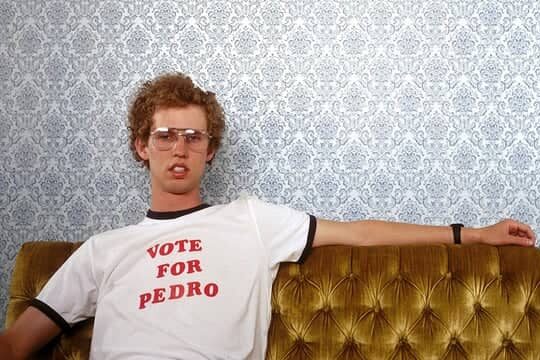
A tiny indie comedy filmed on a shoestring budget, Napoleon Dynamite charmed its way into pop culture with its offbeat humor and deadpan delivery. The story of Napoleon, an awkward teen navigating high school life, introduced audiences to a cast of oddball characters who felt oddly relatable. From Uncle Rico dreaming of his glory days to Pedro’s unexpected campaign for class president, every moment carries a unique comedic rhythm. The film’s quirky style and quotable lines, “Vote for Pedro” chief among them, became cultural touchstones. Against all odds, this weird little movie grew into a cult juggernaut that captured the awkward brilliance of teenage life.
14. Repo Man (1984)
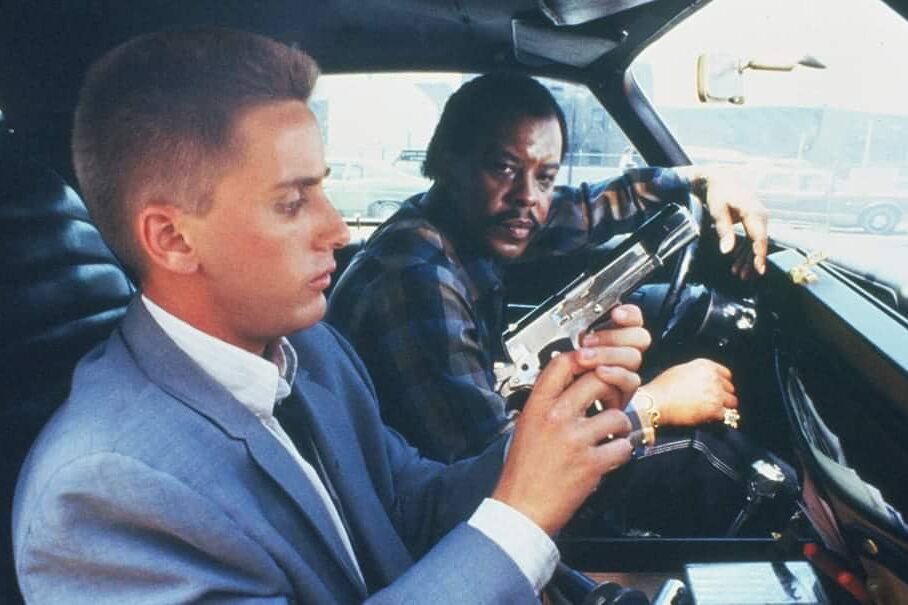
Repo Man is a genre-defying mix of punk rock, aliens, corporate satire, and bizarre humor that seemed too eccentric for mainstream audiences in its day. Emilio Estevez stars as a young repo man who stumbles into a wild conspiracy involving a stolen car with a dangerous secret in the trunk. The film’s irreverent energy, oddball characters, and sharp critique of consumer culture gave it an underground following. With its punk soundtrack and anything-goes spirit, Repo Man stood out as one of the most original films of the 1980s. Today, it remains a touchstone of cult cinema, equal parts anarchic, absurd, and unforgettable.
15. Withnail & I (1987)
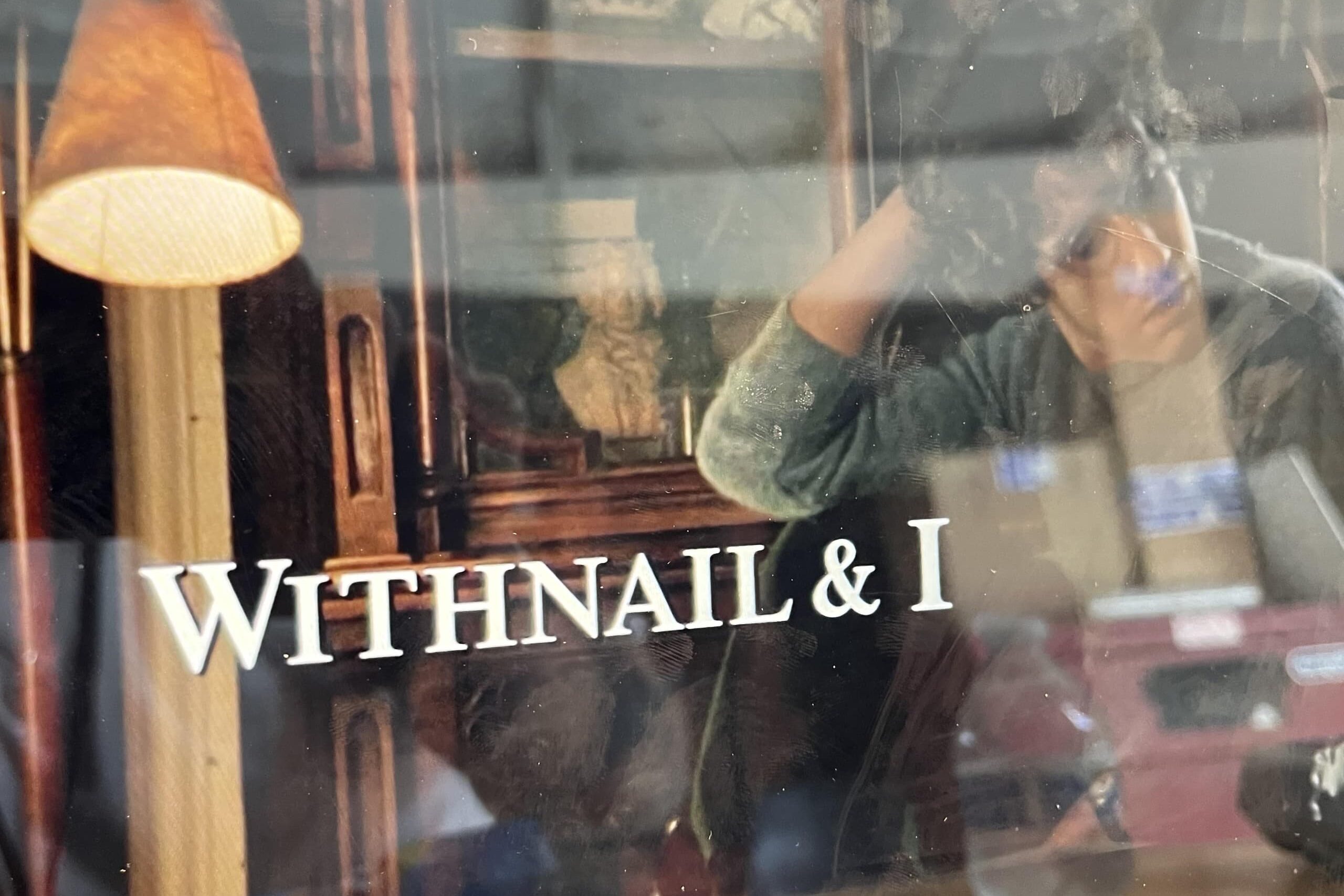
This British black comedy about two struggling actors stumbling through poverty and excess didn’t make a big splash on release, but its sharp writing and quotable dialogue gave it lasting power. Richard E. Grant’s performance as the flamboyantly miserable Withnail is unforgettable, delivering a mix of humor and tragedy that defines the film. For many fans, its story of youthful aimlessness resonates deeply, especially for those who’ve felt broke, lost, or directionless. With its bleak yet oddly comforting atmosphere, Withnail & I has become a cult classic that continues to connect with audiences who appreciate both wit and raw honesty.
16. Clerks (1994)
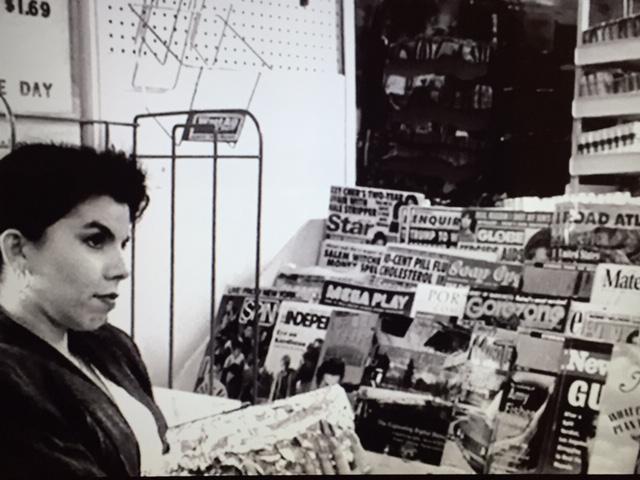
Kevin Smith’s Clerks was made on a shoestring budget and shot almost entirely in the convenience store where Smith once worked. What could have been a forgettable indie experiment instead became a breakthrough for Gen X cinema. Its crude humor, sharp dialogue, and painfully relatable frustrations captured the slacker spirit of the 1990s. Viewers connected with Dante and Randal, two store clerks complaining, debating, and stumbling through their workday. Its black-and-white aesthetic only added to its outsider charm. Though too rough for mainstream tastes at first, Clerks became a cult sensation and launched Smith’s career, proving that small, personal stories could spark big cultural impact.
17. Fear and Loathing in Las Vegas (1998)
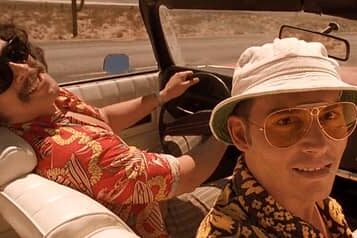
Terry Gilliam’s adaptation of Hunter S. Thompson’s gonzo journalism book was destined to divide audiences. On the surface, it’s a chaotic drug-fueled road trip starring Johnny Depp as Thompson’s alter ego, Raoul Duke, and Benicio del Toro as his unstable lawyer. But beneath the surreal visuals and manic energy lies a biting critique of the American Dream. Initially dismissed as incoherent, the film grew into a cult favorite among counterculture audiences and stoner cinema fans. Its hallucinatory style and Depp’s wild performance gave it lasting life, making Fear and Loathing both a disorienting experience and a strangely prophetic snapshot of America’s cultural excess.
18. Blue Velvet (1986)
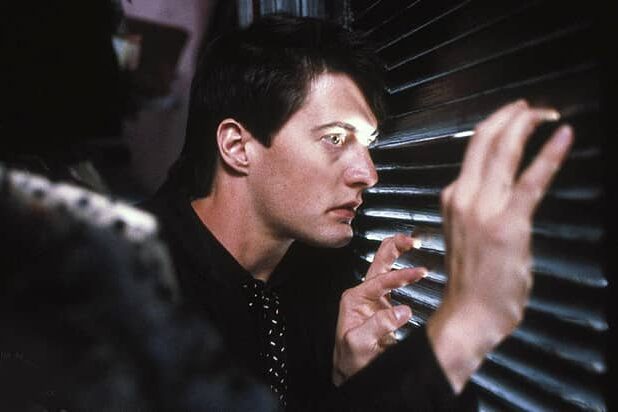
David Lynch’s Blue Velvet shocked audiences with its daring blend of small-town innocence and hidden depravity. Kyle MacLachlan plays Jeffrey Beaumont, who uncovers a disturbing underworld after discovering a severed ear in a field. The film’s mix of surreal atmosphere, unsettling violence, and striking performances, particularly from Dennis Hopper as the terrifying Frank Booth, made it both controversial and unforgettable. Some critics dismissed it as too dark or disturbing, but cult audiences embraced its boldness. Today, Blue Velvet is seen as a landmark of modern cinema, a film that redefined noir and cemented Lynch as one of America’s most daring directors.
19. A Clockwork Orange (1971)
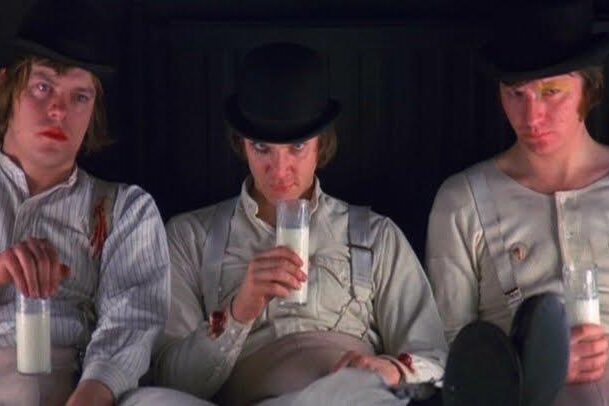
Stanley Kubrick’s adaptation of Anthony Burgess’s dystopian novel was a lightning rod for controversy. Its graphic violence and unsettling themes led to bans in several countries, and even Kubrick pulled it from circulation in the UK for decades. Yet its striking visuals, unsettling use of classical music, and Malcolm McDowell’s chilling performance made it unforgettable. Over time, A Clockwork Orange grew into one of the most discussed and debated films in history, admired for its daring exploration of free will and morality. While divisive, it has secured its place as a cornerstone of cult cinema and a film that continues to challenge viewers.
20. Pink Flamingos (1972)
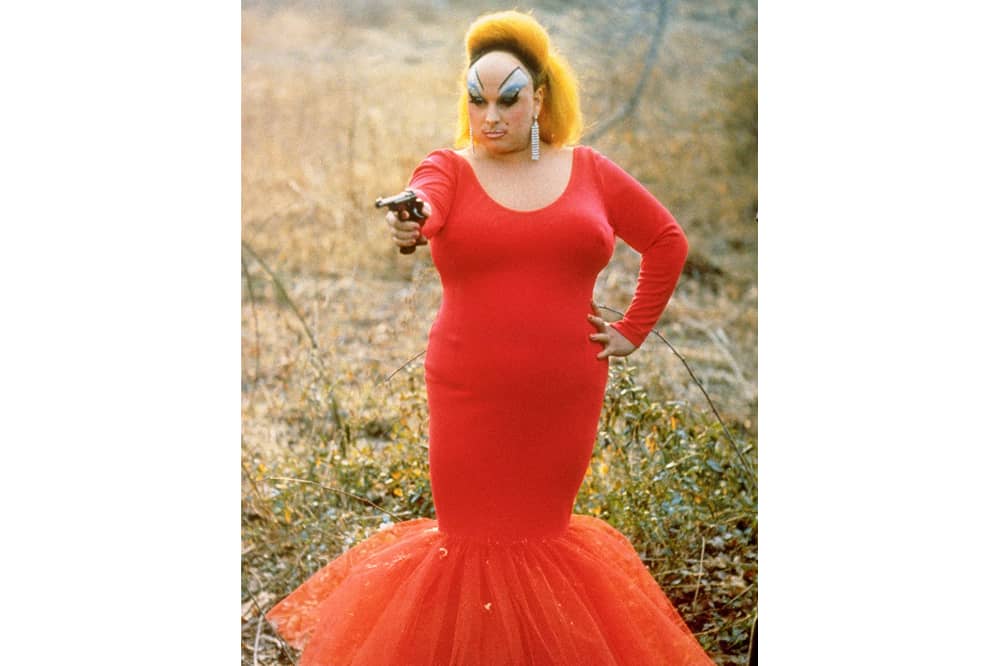
John Waters’ Pink Flamingos was once labeled “filth,” a description Waters wore as a badge of honor. Starring the drag performer Divine, the film gleefully embraced shock, camp, and outrageousness in ways no mainstream film dared. It quickly became a midnight movie staple, drawing in audiences who wanted something stranger, riskier, and more transgressive than Hollywood would ever provide. While critics were horrified, cult audiences celebrated its boldness and sheer audacity. Today, Pink Flamingos is recognized as a defining work of underground cinema, proving that sometimes being outrageous is the very thing that keeps a film alive for decades.
21. The Man Who Fell to Earth (1976)
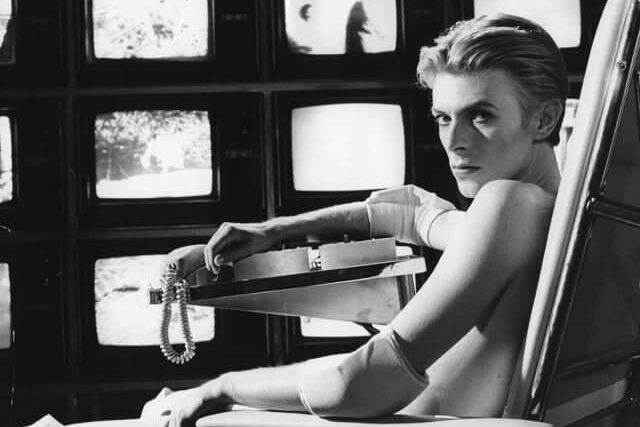
Nicolas Roeg’s The Man Who Fell to Earth stars David Bowie in one of his most haunting roles, as an alien who arrives on Earth seeking water for his dying planet. At first, the film’s fragmented storytelling, surreal visuals, and quiet pacing left audiences confused. But over time, Bowie’s magnetic presence and the film’s melancholy atmosphere built a strong following. It’s a meditation on isolation, addiction, and the dangers of unchecked ambition, wrapped in dreamlike imagery that stays with viewers long after it ends. Once dismissed as too strange, it is now regarded as one of the most enduring cult sci-fi films.
22. Hedwig and the Angry Inch (2001)
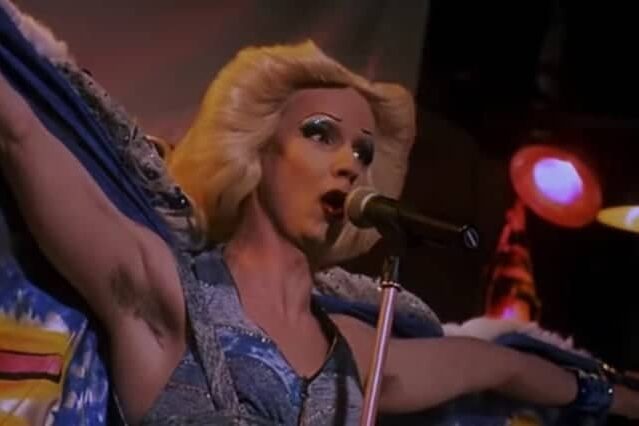
Adapted from the stage musical, Hedwig and the Angry Inch tells the story of a genderqueer punk rock singer navigating love, heartbreak, and identity. Too unconventional for mainstream box office success, it instead found a devoted following drawn to its fearless honesty and unforgettable soundtrack. John Cameron Mitchell’s performance as Hedwig is raw, funny, and deeply moving, carrying the film with charisma and vulnerability. Midnight screenings, sing-alongs, and theater revivals helped build its cult reputation. More than just a musical, Hedwig stands as a celebration of individuality and resilience, proving that true cult classics thrive by breaking boundaries.
23. Mystery Train (1989)
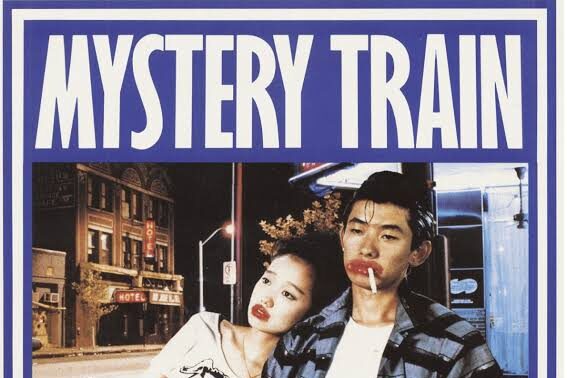
Jim Jarmusch’s Mystery Train is a quiet, offbeat anthology film set in Memphis, where different groups of strangers cross paths in small, poetic ways. Its pacing is unhurried, and its style is quirky, mixing deadpan humor with tender observation. The presence of Elvis Presley looms throughout, both as a cultural symbol and a ghostly reminder of Americana. While not a mainstream hit, it connected with cinephiles who appreciated its meditative storytelling and eccentric characters. Mystery Train grew into one of Jarmusch’s defining works, celebrated as a cult classic that captures the beauty of odd encounters and the rhythm of a city steeped in music history.
24. They Live (1988)
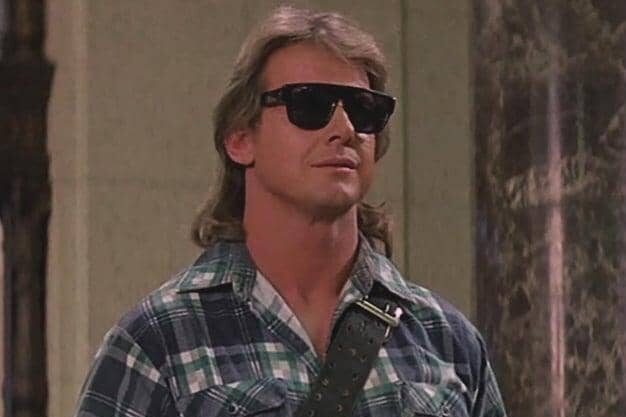
John Carpenter’s They Live didn’t make waves in theaters, but it found new life as a cult sensation thanks to its sharp satire and campy energy. Roddy Piper stars as a drifter who discovers special sunglasses that reveal subliminal messages hidden in advertisements, exposing a world secretly controlled by aliens. With its blend of science fiction, action, and social commentary, the film has only grown more relevant over time. Its legendary alley fight and the line “I have come here to chew bubblegum and kick ass… and I’m all out of bubblegum” cemented its cult status. They Live remains both fun and thought-provoking.
25. The Holy Mountain (1973)
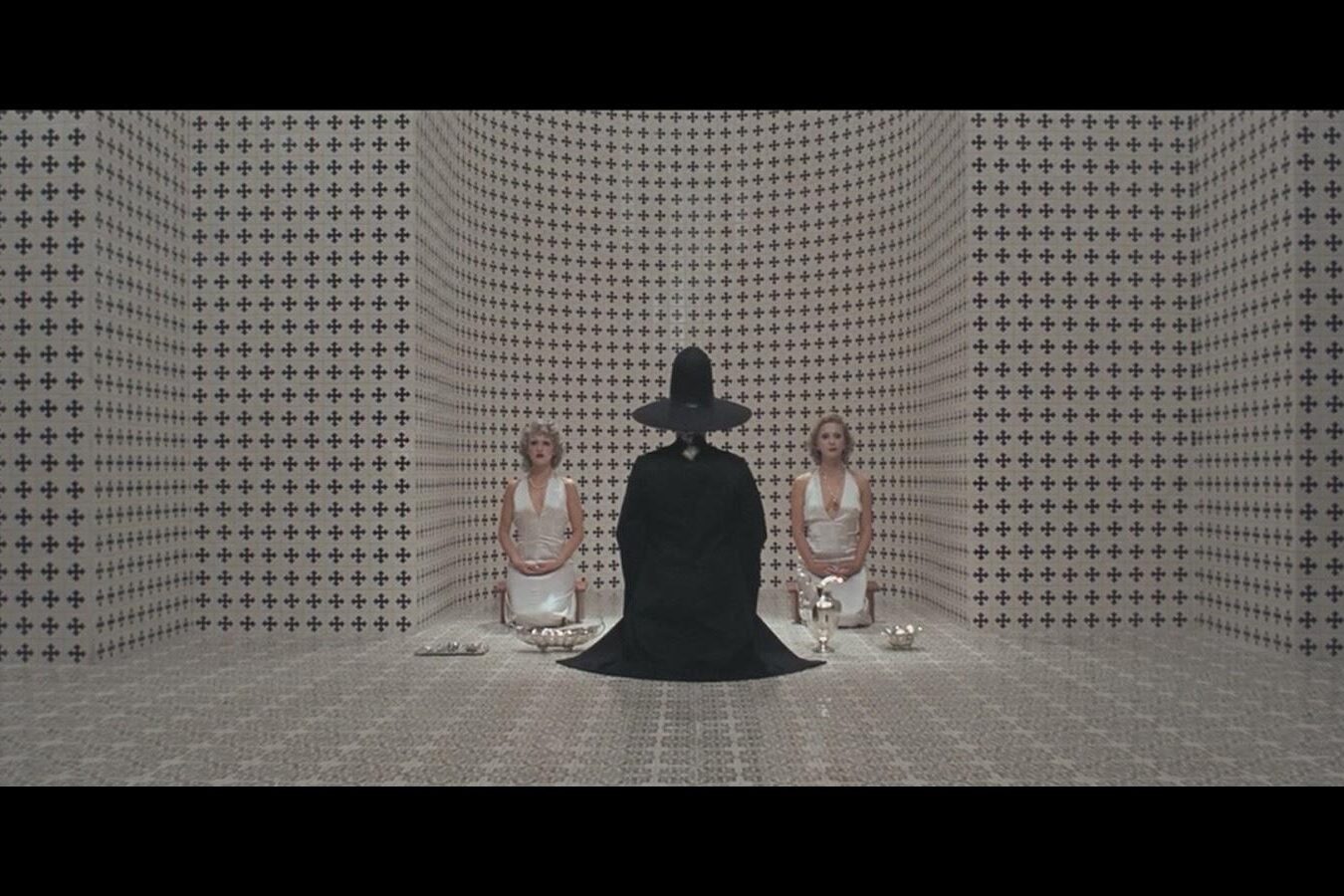
Alejandro Jodorowsky’s The Holy Mountain is one of the most visually striking and spiritually ambitious films ever made. Upon release, its surreal imagery and allegorical storytelling bewildered mainstream audiences. But those willing to engage with its symbolic journey found a deeply transformative experience. Packed with shocking visuals, religious symbolism, and unforgettable set pieces, it became a cult masterpiece for adventurous viewers. Its influence stretches across art, music, and cinema, inspiring countless creators. Though challenging and often baffling, The Holy Mountain thrives as a psychedelic journey into the unknown, treasured by those who seek films that push beyond all conventions.
26. Akira (1988)
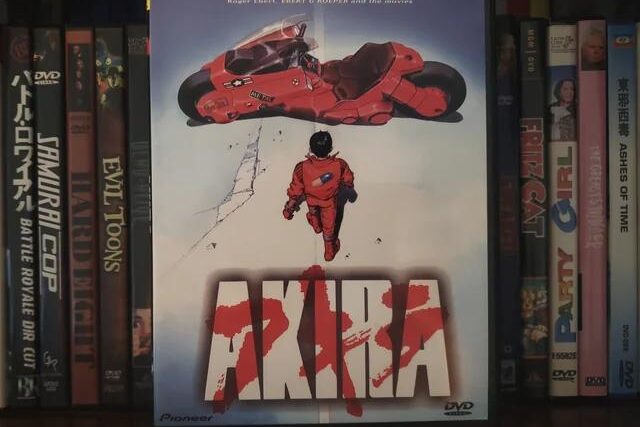
Katsuhiro Otomo’s Akira was a groundbreaking anime that introduced many Western audiences to Japanese animation’s potential for complex, adult storytelling. Its dystopian vision of Neo-Tokyo, filled with political unrest, psychic powers, and stunning visuals, was unlike anything Hollywood offered at the time. Though confusing to some first-time viewers, it built a dedicated fanbase that spread through word-of-mouth and bootleg VHS tapes. Akira became essential viewing for anime fans and science fiction lovers, influencing countless films, music videos, and even fashion. It remains a cornerstone of cult cinema and a defining moment in global pop culture.
27. The Wicker Man (1973)
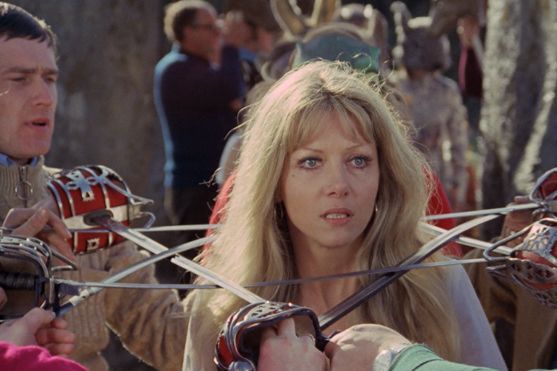
Alex Cox’s Repo Man blended punk rock energy, science fiction weirdness, and dark comedy into something entirely its own. Emilio Estevez plays a young punk who stumbles into a bizarre world of repo work, government conspiracies, and a glowing, possibly alien car trunk. Too odd for mainstream audiences, it became a favorite among punks, cinephiles, and sci-fi fans alike. Its quirky characters, quotable dialogue, and punk soundtrack gave it staying power. Over the years, Repo Man has grown into one of the defining cult films of the 1980s, loved for its strangeness and refusal to play by Hollywood rules.
28. Barbarella (1968)
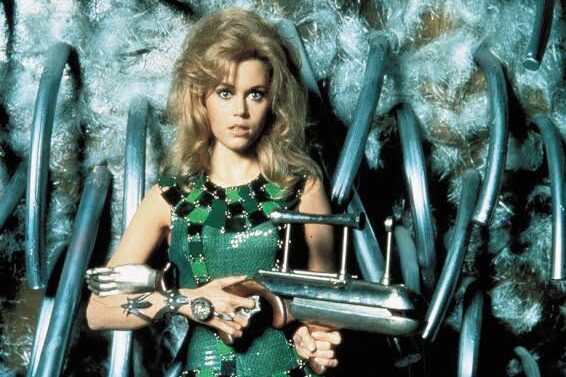
Jane Fonda’s spacefaring adventure Barbarella was panned by critics at release, dismissed as campy nonsense. But its mix of psychedelic visuals, sexual liberation themes, and outrageous costumes found a devoted fanbase in later decades. The film’s surreal blend of science fiction and 1960s counterculture made it a time capsule of its era, and Fonda’s performance cemented its iconic status. While mainstream audiences saw it as frivolous, cult audiences embraced its unapologetic style and playful absurdity. Today, Barbarella is celebrated as both a kitschy oddity and a groundbreaking sci-fi fantasy ahead of its time.
29. Labyrinth (1986)
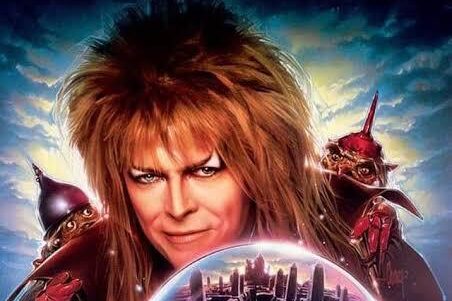
Jim Henson’s fantasy Labyrinth, starring David Bowie and Jennifer Connelly, was not a box office success when it premiered. Critics were divided on its odd mix of puppetry, music, and fantasy storytelling. Yet children of the 1980s and ’90s grew up rewatching it on VHS, and its imaginative world turned it into a beloved cult classic. Bowie’s charismatic performance as Jareth the Goblin King and the film’s elaborate set designs gave it timeless appeal. Fans now celebrate Labyrinth at screenings, cosplay events, and conventions, keeping alive the magic of a movie that was once overlooked.
30. Fight Club (1999)
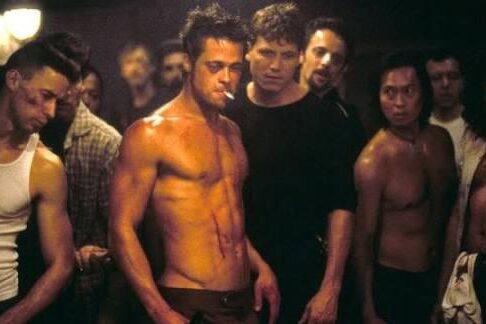
When David Fincher’s Fight Club was released, it baffled critics and angered some audiences with its dark humor and violent satire of consumer culture. But as it spread through DVD sales and college dorm rooms, it became a defining cult film for a generation. Brad Pitt and Edward Norton’s performances, combined with the film’s iconic twist, gave it a lasting cultural impact. Fight Club’s quotable lines and subversive themes continue to resonate with audiences, even as debates rage about its meaning. What began as a divisive release is now one of the most discussed and dissected cult classics in modern cinema.
31. Plan 9 from Outer Space (1959)
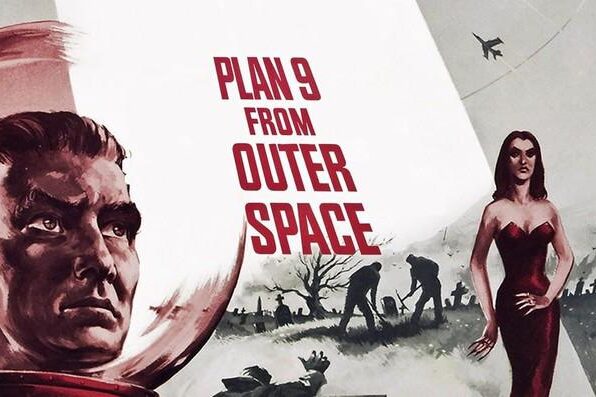
Often called “the worst movie ever made,” Ed Wood’s Plan 9 from Outer Space became a cult favorite precisely because of its flaws. With cardboard sets, awkward acting, and a nonsensical plot about aliens raising the dead, it was ridiculed upon release. Yet over time, audiences came to cherish its earnestness and unintentional humor. Midnight screenings and cult film communities embraced it as a so-bad-it’s-good masterpiece. Today, Plan 9 is remembered less as a disaster and more as a joyous celebration of outsider filmmaking, proof that passion can outlast polish.
32. Blade Runner (1982)
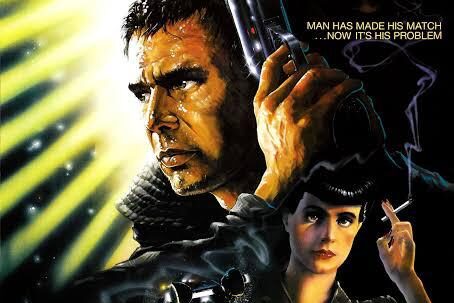
Ridley Scott’s Blade Runner was a box office disappointment, criticized for its slow pace and ambiguous storytelling. But in the years that followed, director’s cuts, home video releases, and devoted fan discussion transformed it into one of the most influential science fiction films ever made. Its cyberpunk aesthetic, deep philosophical themes, and haunting visuals made it a cornerstone of cult cinema. Fans debated its meaning for decades, especially the question of whether Deckard is a replicant. What began as a flop now stands as one of the most admired and revisited cult classics in film history.
33. The Princess Bride (1987)
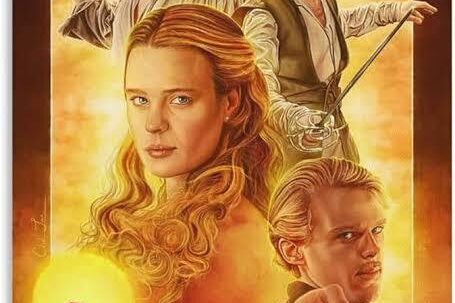
When The Princess Bride debuted, it performed modestly at the box office, with some audiences unsure how to classify its unique mix of fairy tale, comedy, and adventure. But on home video, it blossomed into a beloved cult classic. Fans fell in love with its witty dialogue, quirky characters, and timeless charm. Quotable lines like “As you wish” and “Inconceivable!” made it endlessly rewatchable. Its blend of heart and humor has given it a lasting legacy, turning what was once a sleeper hit into a cultural treasure adored across generations.
34. Wet Hot American Summer (2001)
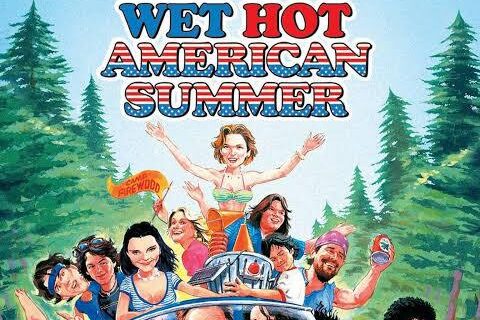
David Wain’s parody of summer camp movies bombed in theaters, but it slowly built a fanbase through DVD rentals and word-of-mouth. Its absurd humor, over-the-top gags, and ensemble cast, including future stars like Paul Rudd, Amy Poehler, and Bradley Cooper, gave it staying power. Fans embraced its offbeat tone, celebrating it as one of the funniest cult comedies of the early 2000s. Decades later, Netflix even revived it with prequel and sequel series, cementing Wet Hot American Summer as a true cult phenomenon born from humble beginnings.
35. Big Trouble in Little China (1986)
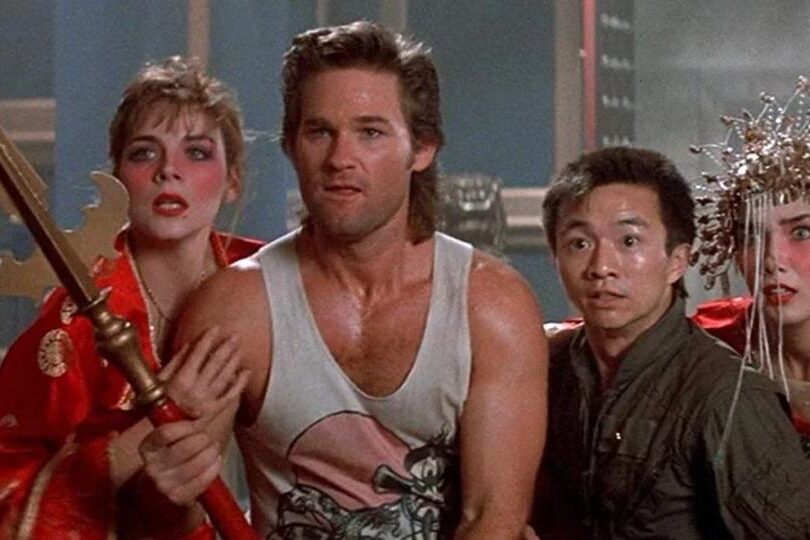
John Carpenter’s Big Trouble in Little China confused audiences when it first hit theaters, as its mix of martial arts, fantasy, comedy, and action didn’t fit neatly into Hollywood categories. But over time, its eccentric charm and Kurt Russell’s hilarious performance as bumbling trucker Jack Burton earned it a devoted fanbase. Its colorful characters, wild special effects, and playful tone made it a favorite among cult film enthusiasts. Though overlooked in its day, it’s now celebrated as one of Carpenter’s most entertaining and enduring works.
36. Heathers (1989)
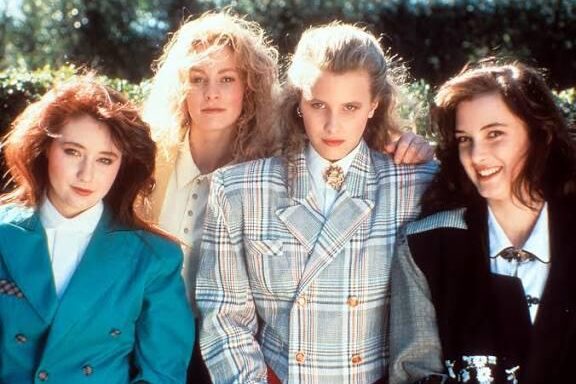
Heathers was too dark and edgy for mainstream teen audiences in the late 1980s, but it quickly developed a cult reputation. Its sharp satire of high school cliques, combined with Winona Ryder and Christian Slater’s standout performances, gave it lasting appeal. Fans embraced its quotable dialogue, twisted humor, and bold critique of teenage culture. Over the years, it inspired stage musicals and television adaptations, proving its enduring impact. What began as a box office underperformer has since grown into a defining cult classic of teen cinema.
37. Dazed and Confused (1993)
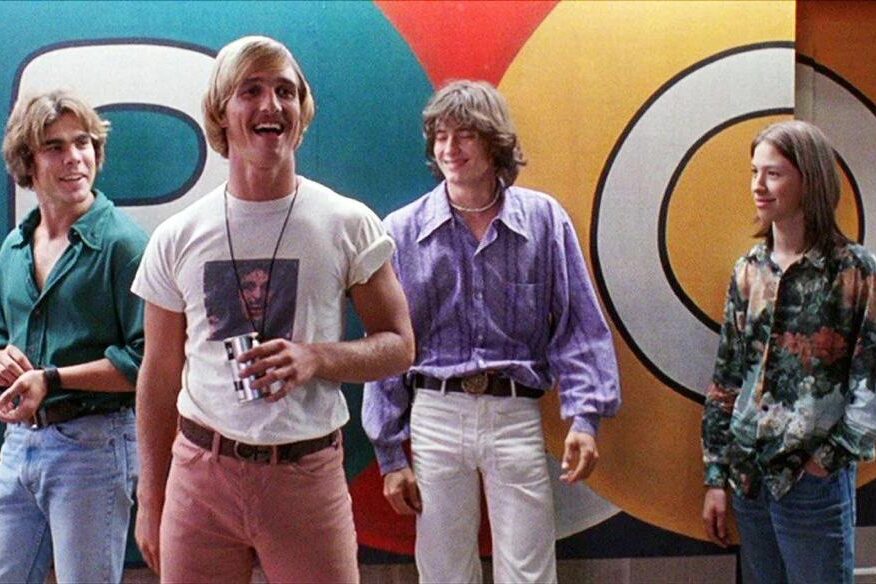
Richard Linklater’s ode to 1970s high school life wasn’t a big hit at the box office, but it gained traction through home video and word-of-mouth. Its ensemble cast, featuring future stars like Matthew McConaughey and Ben Affleck, delivered natural, unforgettable performances. Fans connected with its laid-back storytelling, nostalgic soundtrack, and relatable teenage antics. Over time, Dazed and Confused became a favorite among college students and retro film lovers. Today, it’s a cult staple celebrated for its authenticity, quotable lines, and spot-on depiction of youth culture.
38. The Evil Dead (1981)

Sam Raimi’s low-budget horror debut The Evil Dead terrified and thrilled audiences with its over-the-top gore and relentless energy. While some dismissed it as too extreme, horror fans rallied around its creativity and raw intensity. Midnight screenings helped it spread, and its wild style became a blueprint for cult horror cinema. The film spawned sequels, a TV show, and legions of devoted fans. What began as a scrappy indie project is now one of the most beloved cult horror franchises of all time, proving that innovation matters more than budget.
39. The Warriors (1979)
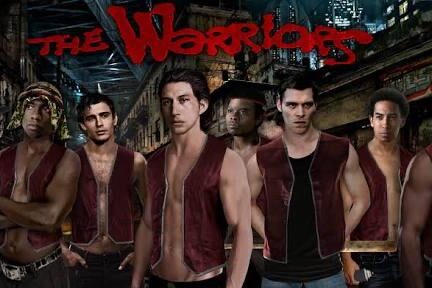
Walter Hill’s gritty tale of New York City gangs trying to make it home across hostile territory was controversial upon release, sparking fears of real-life violence. Critics were divided, but audiences embraced its style, tension, and unique vision of urban survival. Over the years, its iconic costumes, catchphrases, and pulsing energy turned it into a cult phenomenon. “Warriors, come out to play!” became one of the most quoted lines in movie history. The Warriors is now celebrated not only as a crime thriller but also as a cult cultural landmark.
40. The Boondock Saints (1999)
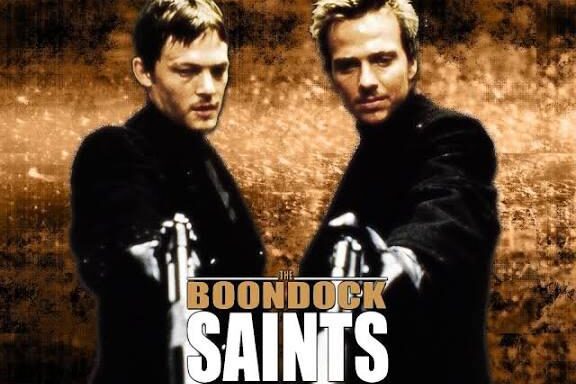
Troy Duffy’s The Boondock Saints had a rocky release, barely making a dent in theaters. But once it hit DVD, it became a massive cult hit, especially among college audiences. Its story of two Irish brothers turned vigilantes struck a chord, mixing dark humor with stylized violence. Willem Dafoe’s eccentric performance as an FBI agent added to its appeal. Though divisive among critics, fans embraced it passionately, spreading its reputation far and wide. The film grew so popular that it spawned a sequel and remains a staple in cult crime cinema.
41. Mad Max (1979)
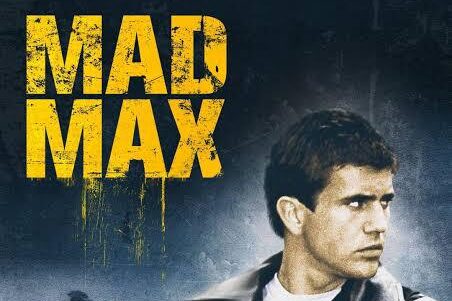
George Miller’s original Mad Max was made on a tiny budget in Australia, yet it stunned audiences with its raw action and post-apocalyptic atmosphere. While it struggled to find an audience in the U.S. at first, it exploded internationally, especially in midnight screenings and video rentals. Mel Gibson’s breakout performance as Max and the film’s gritty vision of survival gave it staying power. Over time, Mad Max inspired sequels and a franchise that became iconic. What started as a scrappy indie action film grew into one of the most influential cult classics in movie history.
This story41 Essential Cult Movies You Can’t Skip was first published on Daily FETCH


